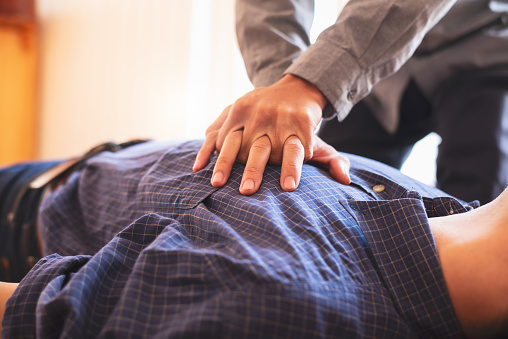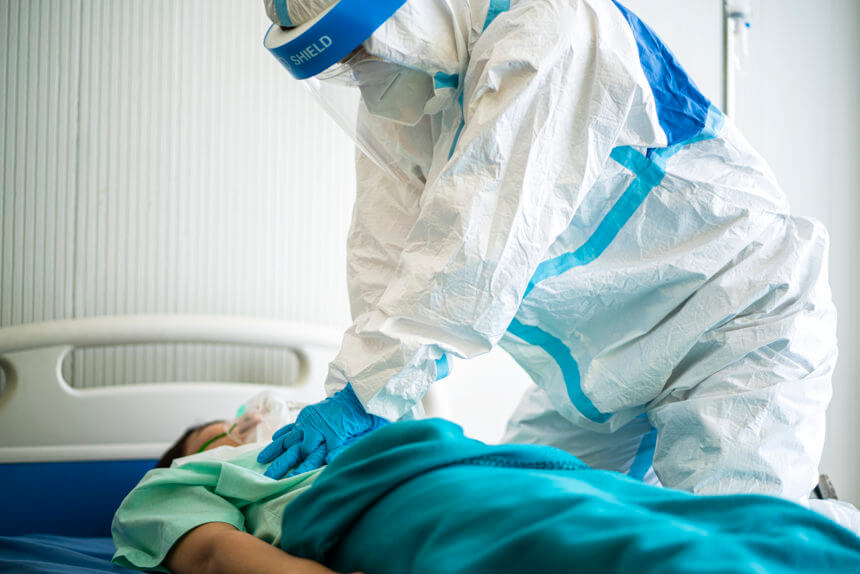
CPR is short for cardiopulmonary resuscitation. It is an emergency procedure in which rescue breathing and chest compressions are combined. For example, it can save a life of a person who stopped breathing or whose heart stopped beating.
The procedure itself is not simple, but still, the fact is that with proper training, children as young as nine can learn it and apply it. And statistics show that providing CPR to a victim before professional medical help arrives significantly increases the chances of survival.
So why isn’t this skill familiar to more people? Maybe the myths around CPR are to blame. In the following lines, we examine the greatest among them and if there is any truth behind them.
If you do CPR in the wrong way you can make the situation worse
Witnessing a person in a life-threatening situation is never easy, whether they are strangers or not. Many people, especially if they are just bystanders, will think: “I do not want to get involved because I might hurt this person even more.”
However, what you should keep in mind is that when a heart or breath stops, vital organs start dying very quickly. And it pretty much does not get any worse than death. So, you should try to help. Make sure you call the ambulance immediately because the dispatcher will help you with the procedure, too.
Only professionals can do CPR right
Most people have only seen CPR in movies and on TV. And there, those providing it are usually policemen, agents, firefighters, lifeguards, EMTs, nurses, and other everyday superheroes. So it makes sense then that it is commonly believed this procedure can only be done by trained professionals.
But, as we already mentioned, while not simple, the procedure is simple enough to be taught to children above the age of nine. In addition, the courses do not take much of your time.
Having done this sort of training also busts the previous myths because it gives you the confidence to do it right and helps you gain control of an emergency. All this increases the chances of survival for the victim, which is the ultimate goal.
There is no CPR without mouth-to-mouth
Another myth about CPR we probably owe to the movies and TV is the belief that CPR cannot be done without mouth-to-mouth. With this in mind, many people will give up on learning it or applying it, even if it is for their loved ones.
But in reality, a procedure called Hands-only CPR is much more common. It includes chest compressions, and statistics show that, when done correctly, they are enough. Rescue breaths, commonly known as mouth-to-mouth, should be done by professionals using an appropriate mask.
My loved ones are healthy so I will never need to use my CPR training
Most people seem to think that causes for a heart to stop or the inability to breathe are solemnly connected to serious diseases. The truth is, however, that it can be accidents that cause them, like drowning or electrocution.
We can never know when a friend or a family member can fall victim to a life-threatening accident. And unfortunately, someone’s health can get worse suddenly, so in reality, you never know when you might need to use CPR.
Another thing statistics suggest is that the person in need of CPR is more often some we care about, rather than someone on the street we never met before. So, we can think we will not need it, but reality proves otherwise.
CPR is only about saving a life
Cardiopulmonary resuscitation is necessary to save a life and we will not argue with this fact. But, most people have the misconception that that is all there is to it.
The fact is, however, that during a cardiac arrest, not enough oxygen arrives in the brain. This causes brain cell death, whose consequence is irreversible neurological damage. By applying CPR, the rescuers make sure oxygen is supplied to the brain, minimizing the risk of damage.
In a nutshell
To put it simply, one more time, CPR can save lives. This is why it is important to educate people about it, to make them understand how crucial it can be, and work our a way to eventually make it a part of every school’s curriculum. Only proper education can stop people from spreading and believing in myths.
First Support CPR and First Aid Training offers CPR classes in San Jose. For inquiries you can email us at info@firstsupportcpr.com or call us at 408-475-7724

